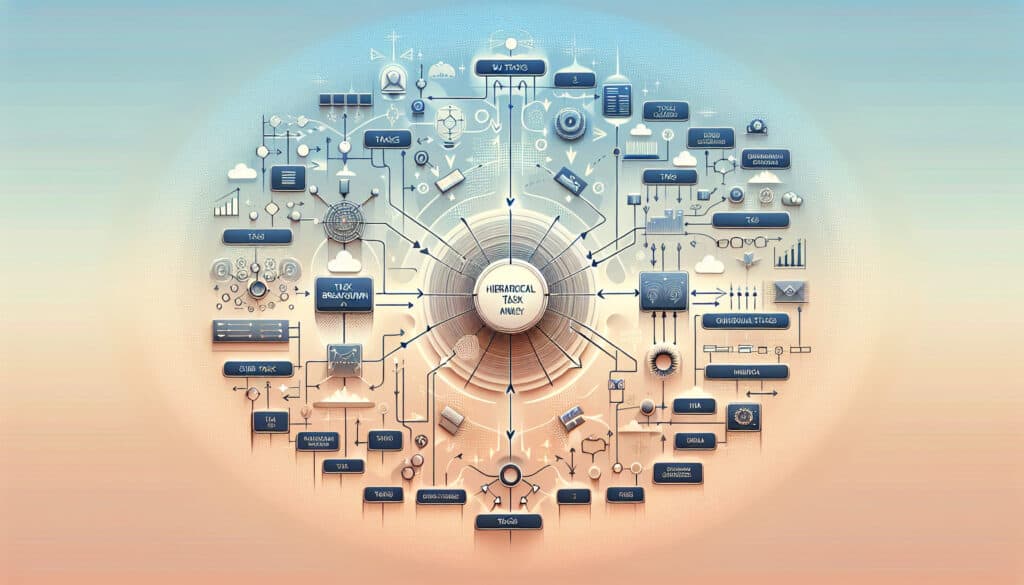了解并描述一项任务是如何执行的。
- 方法: 客户与营销, 构思, 产品设计
分层任务分析(HTA)

分层任务分析(HTA)
- 持续改进, 设计思维, Human-Centered Design, 流程改进, 训练, 可用性, 可用性测试, 用户体验(UX), 用户界面(UI)
目标
如何使用
- 将任务分解为目标、子目标、操作和计划层次的系统方法。它用于了解执行任务所需的步骤,找出潜在的问题,并设计出更高效、更方便用户使用的系统。
优点
- 提供对任务的详细和结构化理解;有助于确定培训需求和设计更好的用户界面。
缺点
- 可能耗时且操作复杂;需要熟练的分析师才能正确执行。
类别
- 人体工程学, 产品设计
最适合:
- 分析复杂任务,改善用户体验 interface design 并编制有效的培训材料。
分层任务分析在软件开发、医疗保健和制造等行业尤为有效,这些行业通常通过系统评估来处理复杂的任务。在软件开发中,它有助于分解用户交互,指导直观界面的设计,从而改善用户体验。在医疗保健领域,HTA 可以明确病人护理所涉及的程序,确保医务人员高效地遵循协议,这对安全性和合规性至关重要。制造流程也能从 HTA 中获益,因为它能确定装配线中的步骤、提高生产率并减少错误。这种方法通常由产品设计师、工程师和可用性专家在产品开发或重新设计的早期阶段发起,从而促进跨学科团队之间的合作。参与者可能包括主题专家、最终用户和教学设计师,他们可以为任务执行和用户体验提供宝贵意见。HTA 的研究结果可以为培训材料的开发提供参考,确保培训与用户将要执行的实际任务相一致,从而提高任务执行的保持率和能力。通过结构化的方法,HTA 可以让团队找出任务执行中的潜在失误,从而设计出不仅高效而且优先考虑以用户为中心的系统。
该方法的关键步骤
- 确定需要分析的主要任务。
- 将主要任务分解为多个子目标。
- 确定实现每个次级目标所需的操作。
- 制定计划,详细说明每项行动的执行情况。
- 创建层次结构的可视化表示。
- 审查和完善层次结构,使其清晰完整。
- 确定层次结构中潜在的问题或效率低下的问题。
专业提示
- 在 HTA 流程的早期纳入用户反馈,以完善目标和次级目标,确保分析反映实际的用户行为和需求。
- 利用认知任务分析等任务分解技术,探索每个层次的用户认知和决策过程。
- 根据 HTA 研究结果对设计进行迭代测试,以不断改进可用性,并在实际应用中发现不可预见的挑战。
历史背景
1986
(如果日期不详或不相关,例如 "流体力学",则对其显著出现的时间作了四舍五入的估计)。

相关文章
肌肉骨骼不适调查表
多变量测试(MVT)
多元回归分析
动作捕捉系统
MoSCoW 方法
情绪中值测试